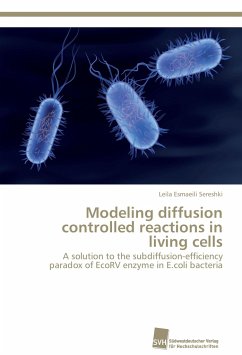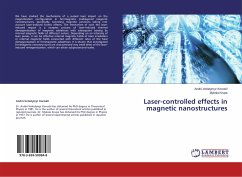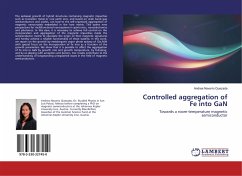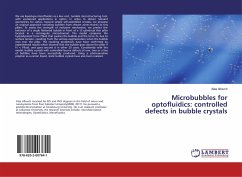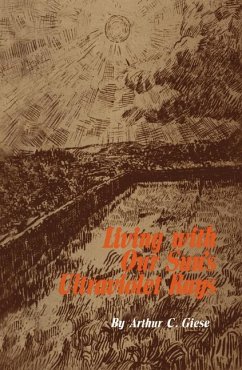Macromolecular crowding in living biological cells effects subdiffusion of larger biomolecules such as proteins and enzymes. Mimicking this subdiffusion in terms of random walks on a critical percolation cluster, fractional Brownian motion and continuous time random walk, we here present a case study of EcoRV restriction enzymes involved in vital cellular defence. EcoRV has been found in two configurational states. We show that due to its so far elusive propensity to an inactive state the enzyme avoids non-specific binding and remains well-distributed in the bulk cytoplasm of the cell. Despite the reduced volume exploration of subdiffusion processes, the low activity of the enzyme surprisingly guarantees a high efficiency of the enzyme. Our results corroborate a more local picture of cellular regulation and demonstrated a solution to subdiffusion-efficiency paradox; Specific molecular design renders the efficiency of EcoRV enzymes almost independent on the exact diffusion conditions. This case study also provides us a chance to compare different subdiffusive processes in living cells and guides us to a broader understating of diffusion controlled reactions in living cells.

